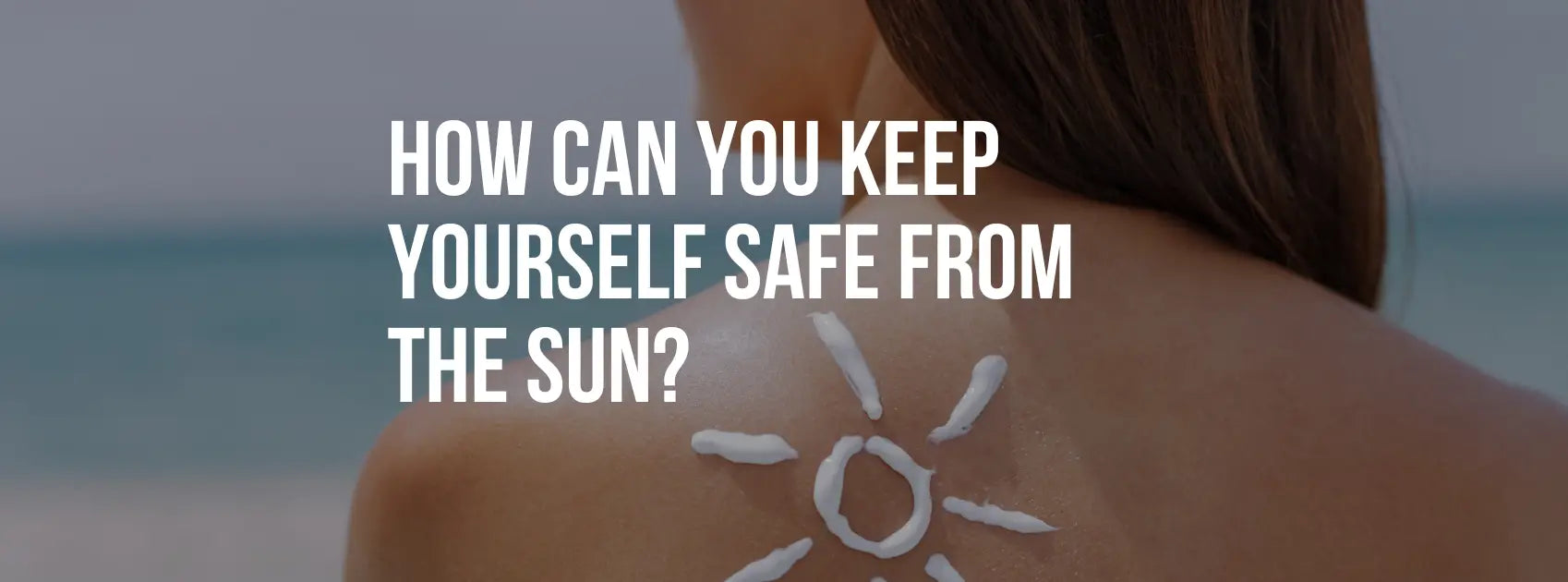
How can you keep yourself safe from the sun?
Spending time outside is refreshing, but the sun's rays can cause problems like sunburn and heatstroke. Whether you're hiking, camping, or just enjoying the sunshine, keeping yourself safe from the sun is important for a fun and safe experience.
Before we talk about how to prevent these issues, let's understand what heatstroke and sunburn are.
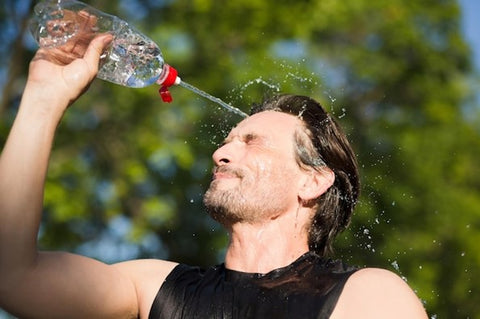
While enjoying outdoor adventures and beach days, there’s a hidden danger: sunburn. Although it might seem like a minor annoyance, sunburn can have lasting effects on your skin and health if not properly taken care of.
Understanding Sunburn
Borax 30c is an effective natural support for allergic reactions. It soothes skin infections and is useful for sunburns.
Sunburn occurs when the skin is overexposed to the sun's ultraviolet (UV) radiation, primarily UVA and UVB rays. These rays penetrate the outer layers of the skin, damaging DNA and triggering an inflammatory response. The severity of sunburn depends on various factors, including skin type, sun exposure duration, and the intensity of UV radiation.
While sunburn may fade within a few days, its effects can linger long after the redness subsides. Chronic sun exposure can accelerate skin aging, lead to the development of wrinkles and dark spots, and increase the risk of skin cancer, including melanoma—the deadliest form of skin cancer. Protecting your skin from sunburn isn't just about avoiding temporary discomfort; it's about safeguarding your skin's health for years to come.
Understanding Heatstroke
Heatstroke is a serious condition characterized by a dangerously elevated body temperature, often exceeding 104°F (40°C), which can lead to life-threatening complications if not promptly treated.
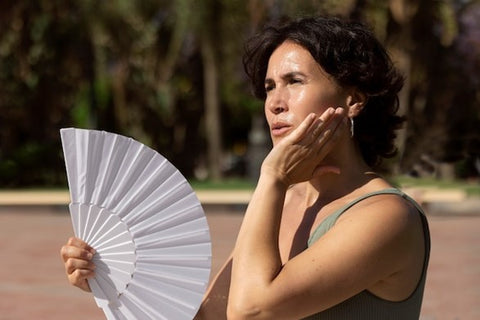
Heatstroke occurs when the body's internal temperature regulation mechanisms fail to dissipate heat efficiently, resulting in a rapid rise in body temperature. This can be triggered by prolonged exposure to high temperatures, strenuous physical activity in hot environments, or a combination of both. Certain factors, such as dehydration, alcohol consumption, and certain medications, can also increase the risk of heatstroke.
The symptoms of heatstroke can vary in severity but often include:
- High body temperature (104°F/40°C or higher)
- Hot, dry skin or profuse sweating
- Rapid pulse and shallow breathing
- Headache, dizziness, and nausea
- Confusion, agitation, or loss of consciousness
If left untreated, heatstroke can lead to organ damage, seizures, coma, and even death. Prompt recognition and intervention are critical for a positive outcome.
Since both sunburn and heatstroke pose a health risk, it is important to take precautions to protect yourself from the sun's harmful rays and the risk of heatstroke. Here are some tips to keep you safe and comfortable.
Protecting Against Sunburn
1. Wear sunscreen: Apply a broad-spectrum sunscreen with SPF 30 or higher to all exposed skin, including your face, neck, ears, and hands. Reapply every two hours or more frequently if you're swimming or sweating.
2. Seek shade: Limit your time in direct sunlight, especially during peak hours between 10 a.m. and 4 p.m. Seek shade under trees, umbrellas, or canopies, and wear protective clothing like wide-brimmed hats and lightweight, long-sleeved shirts.
BM254 may help with sunstroke, nausea, heart palpitations, a high body temperature, dry skin, loss of consciousness, dizziness, vomiting, headache, and fatigue. It is specially formulated to help normalize body temperature.
3. Stay hydrated: Drink plenty of water throughout the day to stay hydrated, as dehydration can increase your risk of sunburn. Avoid alcohol and caffeinated beverages, which can dehydrate you further.
4. Be mindful of reflection: Remember that surfaces like sand, water, and snow can reflect UV radiation and increase your risk of sunburn. Take extra precautions in these environments by applying sunscreen more frequently and wearing protective clothing and accessories.
5. Check the UV index: Be aware of the UV index in your area, which measures the strength of UV radiation from the sun. Plan outdoor activities accordingly, aiming to spend time outside when the UV index is lower.
6. Practice sun-safe habits: Teach children sun-safe habits from a young age, including wearing sunscreen, seeking shade, and wearing protective clothing. Set a good example by prioritizing sun protection for yourself as well.
Preventing Heatstroke
1. Stay hydrated: One of the most critical factors in preventing heatstroke is staying hydrated. Drink plenty of water before, during, and after outdoor activities, even if you don't feel thirsty. Dehydration can increase your risk of heat stroke, so it's essential to replenish fluids regularly.
2. Plan your activities wisely: Avoid outdoor activities during the hottest parts of the day, typically between 10 a.m. and 4 p.m. Instead, plan your outings for the early morning or late afternoon when temperatures are cooler. If possible, choose shaded areas or trails with tree cover to help stay out of direct sunlight.

3. Take regular breaks: Listen to your body and take regular breaks, especially during strenuous activities. Find a shaded spot to rest and cool down, and don't push yourself too hard in the heat. Use this time to rehydrate and refuel with snacks to keep your energy levels up.
4. Use sunscreen: Protect your skin from sunburn and reduce the risk of heatstroke by applying sunscreen with a high SPF before heading outdoors. Choose a broad-spectrum sunscreen that protects against UVA and UVB rays, and reapply it every two hours, especially if you're sweating or swimming.
5. Acclimate gradually: If you're not used to exercising in hot weather, acclimate your body gradually by starting with shorter outdoor activities and gradually increasing the duration and intensity. This allows your body to adapt to the heat and reduces the risk of heat-related illnesses.
6. Be prepared for emergencies: Always carry a fully stocked first aid kit and know the signs of heatstroke, including high body temperature, rapid pulse, nausea, headache, and confusion. If you or someone in your group shows signs of heatstroke, seek immediate medical attention and move to a cooler area while waiting for help to arrive.
NAT SULPH 6x may help with pain or pressure in the chest, rheumatic ailments, and water retention. Useful for maintaining water balance. Best used for irregular body secretions, congestion, greenish sputum, rheumatism, and more.
Natural ways of protection
While sunscreen and shade provide essential protection, nature offers a plethora of remedies and preventive measures to enhance your defense against these summer hazards. Let's explore some natural ways to safeguard yourself from sunburn and heatstroke, allowing you to enjoy the sunshine safely and sustainably.
1. The power of plants
- Aloe Vera: This succulent plant is renowned for its soothing properties and natural remedy for sunburn. Break open a leaf and apply the gel directly to sunburned skin to alleviate inflammation and promote healing.
- Green tea, loaded with antioxidants, can help protect your skin from UV damage. Brew a cup of green tea, let it cool, and use it as a refreshing spray to soothe sun-exposed skin.
- Coconut oil: With its moisturizing and anti-inflammatory properties, it can be a natural sunscreen alternative. While it offers minimal protection, applying coconut oil to your skin can relieve sunburn and help keep your skin hydrated.
- Calendula, also known as marigold, possesses anti-inflammatory properties and can help calm irritated skin. Apply a calendula salve or ointment to sunburned areas to promote healing and reduce redness.
2. Hydration
Stay hydrated and nourished with water-rich fruits and vegetables like watermelon, cucumbers, and strawberries. These hydrating foods quench your thirst, help regulate your body temperature, and replenish electrolytes lost through sweating. Sip on herbal teas infused with cooling herbs like peppermint, chamomile, or lemon balm to hydrate and cool your body from the inside out. Avoid caffeinated beverages, which can contribute to dehydration.
- Coconut water is often hailed as nature's sports drink due to its high electrolyte content, including potassium, sodium, and magnesium. This natural beverage helps replenish fluids and aids in muscle recovery and hydration. Sip on coconut water straight from the coconut or opt for packaged varieties for convenience during outdoor excursions.
- Adding cucumber slices to your water enhances flavor and provides additional hydration benefits. Cucumbers are composed of over 95% water and are rich in electrolytes like potassium, making them an excellent choice for staying hydrated during hot weather. Infuse a pitcher of water with cucumber slices and a sprig of mint for a refreshing and hydrating drink.

- Watermelon is delicious and incredibly hydrating, thanks to its high water content. Blend fresh watermelon chunks into a smooth juice, or enjoy the juicy fruit on its own for a hydrating and refreshing treat. Watermelon also contains electrolytes like potassium and magnesium, making it an ideal choice for replenishing fluids during outdoor activities.
- Herbal teas like peppermint, chamomile, and hibiscus can be enjoyed hot or cold, offering hydration benefits and soothing properties. Brew a batch of herbal tea and let it cool before packing it in a thermos for outdoor adventures. Herbal teas are caffeine-free and help keep you hydrated while providing a refreshing and flavorful alternative to plain water.
- A simple concoction of lemon juice, honey, and water can provide hydration and boost vitamin C and antioxidants. Squeeze fresh lemon juice into a glass of water, add a teaspoon of honey for sweetness, and stir until combined. This natural beverage hydrates and provides a refreshing and revitalizing pick-me-up during outdoor activities.
3. Seek natural shade and cooling techniques
Nature's umbrella tree canopies provide ample shade and cooler temperatures. Seek out wooded areas or trails lined with trees to escape the direct sunlight. Take breaks under the shade of large trees, where you'll find relief from the heat and a tranquil environment to rest and recharge.
Rock formations and overhangs offer natural shelter from the sun's rays. Look for rocky outcrops, caves, or cliffs along your hiking route where you can take shelter and enjoy the coolness of the shaded rock surfaces. These natural formations provide shade and retain coolness, creating a refreshing oasis in nature.
Natural bodies of water like rivers, streams, and lakes are ideal for cooling off during outdoor activities. Take a refreshing dip in the water to lower your body temperature and rejuvenate after a day of hiking or exploring. Look for shaded areas along the water's edge where you can relax and enjoy the soothing sounds of nature. To stay cool and active outdoors, engage in water-based activities like swimming, kayaking, or paddleboarding. Water sports relieve the heat and offer a fun and refreshing way to experience nature. Look for rivers, lakes, or oceans near your outdoor destination where you can participate in water-based activities.
Take advantage of natural cooling techniques to beat the heat during outdoor activities. Wet a bandana or cloth with cold water and drape it around your neck or forehead to help lower your body temperature. Use a handheld fan or create a breeze by fanning yourself with a large leaf to stay cool and refreshed.
4. Plan activities
Plan outdoor activities during the cooler hours of the day, such as early morning or late afternoon, to minimize sun exposure and reduce the risk of heatstroke. Avoid strenuous activities during peak sun hours and take regular breaks in shaded areas to stay cool.
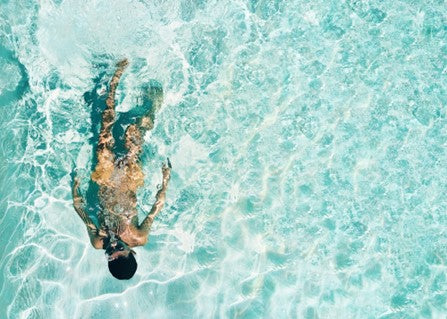
5. Use natural sunscreens
Zinc oxide is a mineral sunscreen ingredient that provides broad-spectrum protection against UVA and UVB rays. It works by sitting on the skin's surface and forming a physical barrier that reflects sunlight. Look for non-nano zinc oxide, which won't penetrate the skin's barrier, and blend it with natural oils and butter to create a protective sunscreen.
Another mineral sunscreen ingredient, titanium dioxide, effectively protects against UV radiation. Like zinc oxide, it forms a physical barrier on the skin to block harmful rays. Combine titanium dioxide with nourishing oils and plant extracts to create a gentle sunscreen on the skin and the environment.
Coconut oil is a versatile ingredient with natural SPF properties, making it an excellent addition to homemade sunscreen. Rich in fatty acids and antioxidants, coconut oil hydrates the skin while providing sun protection. Mix coconut oil with zinc oxide or titanium dioxide for added sun-blocking power.
Shea butter is a deeply moisturizing ingredient that helps protect and nourish the skin. Its natural SPF properties make it a valuable component of homemade sunscreen formulations. Combine shea butter with other natural oils and waxes to create a rich, creamy sunscreen that glides smoothly and offers lasting protection.
Carrot seed oil is rich in antioxidants and vitamins, including vitamin E, which help protect the skin from sun damage. It contains natural SPF properties and can be combined with other oils and butters to boost the sun protection factor of homemade sunscreen.
Tissue Cell Salts Kit - Lactose-Free (Liquid) Lactose-Free, alcohol base. Liquid form. Glass bottles.Natural support to boost immunity and stimulate natural healing. Aims to provide cellular nutrition vital to cellular function.
Red raspberry seed oil is lightweight and offers natural SPF properties and antioxidant benefits. It's rich in vitamins A and E, which help protect the skin from UV damage and promote skin health. Add red raspberry seed oil to your homemade sunscreen recipes for sun protection and skin-nourishing benefits.
Green tea extract is packed with antioxidants called polyphenols, which help protect the skin from sun damage and inflammation. Brew a strong cup of green tea and incorporate it into your homemade sunscreen formulations for added antioxidant protection.
Homeopathic remedies
Homeopathy offers gentle and holistic approaches to preventing these conditions, harnessing the power of natural remedies to support our bodies' inherent healing processes.
Belladonna is a homeopathic remedy derived from the deadly nightshade plant. It's indicated for heatstroke when symptoms include sudden high fever, redness, and hot, dry skin. Belladonna helps to alleviate symptoms of heatstroke by promoting balance and harmony within the body's systems.
Cantharis, derived from the Spanish fly beetle, is a well-known homeopathic remedy for burns, including sunburn. It helps to soothe the burning, stinging pain associated with sunburn and promotes skin healing. Cantharis can be applied topically in a diluted form or taken orally in pellet form for internal relief.
Natrum Mur is a homeopathic remedy made from sodium chloride or common salt. It's indicated for individuals who are prone to sunburn and have a sensitivity to sunlight. Natrum Mur helps to regulate the body's response to sunlight, reducing the risk of sunburn and promoting a healthy skin response to UV radiation.
Urtica Urens, or stinging nettle, is a homeopathic remedy for itching and burning skin conditions, including sunburn. It helps relieve the itching and discomfort associated with sunburn and promotes skin healing. Urtica Urens can be applied topically as a diluted tincture or taken orally in pellet form for internal relief.
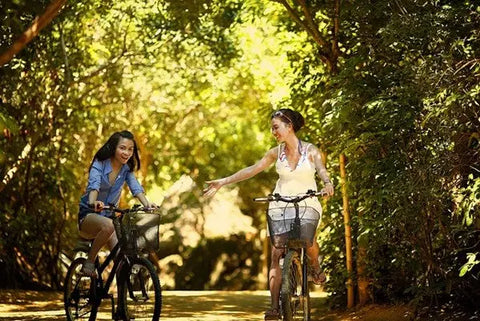
The Bottom Line
Protecting yourself from heatstroke and sunburn during outdoor activities doesn't have to involve synthetic products. You can sustainably enjoy the great outdoors safe from the sun by harnessing the power of nature's elixirs, healing plants, natural sun shields, shady canopies, and sun-savvy ingredients. Remember to stay hydrated, dress appropriately, seek shade, and use natural sunscreens to safeguard yourself from the sun's harsh rays while connecting with the beauty of nature.



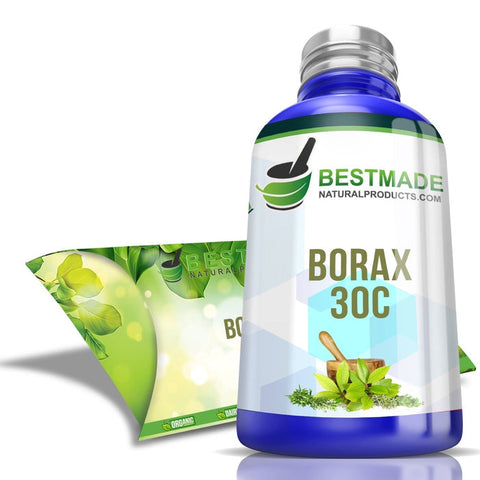
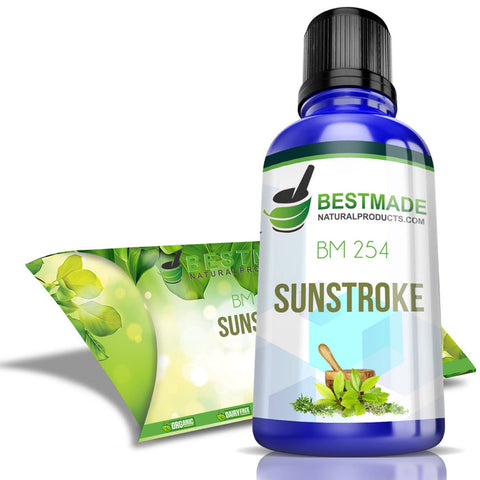
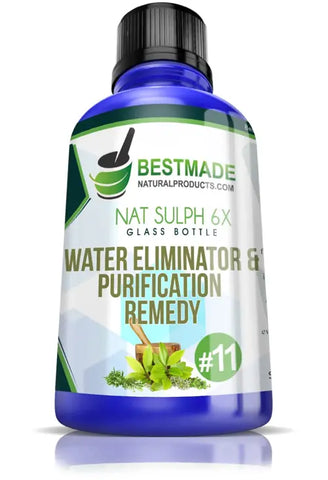
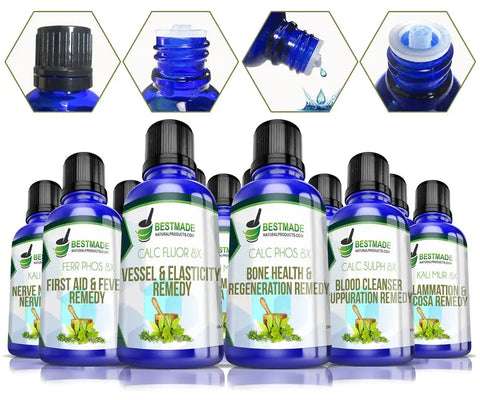
Leave a comment